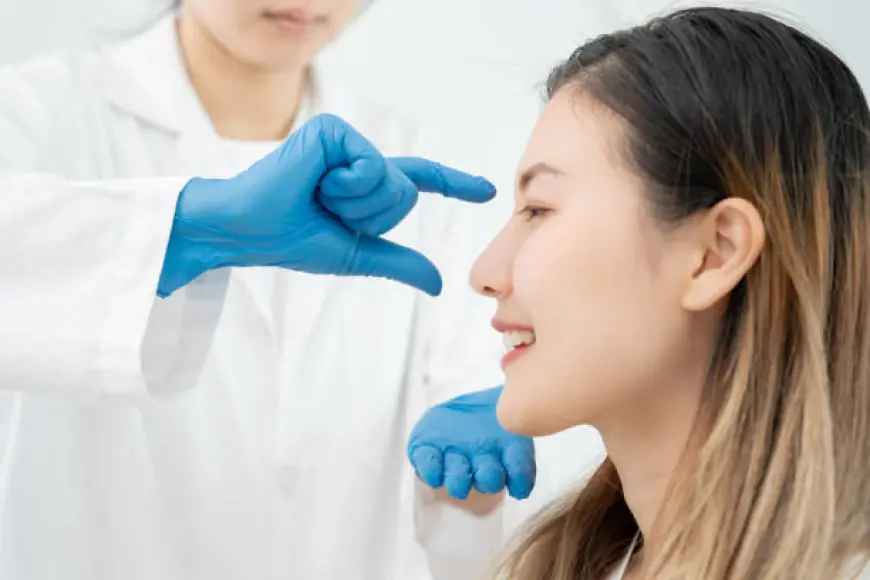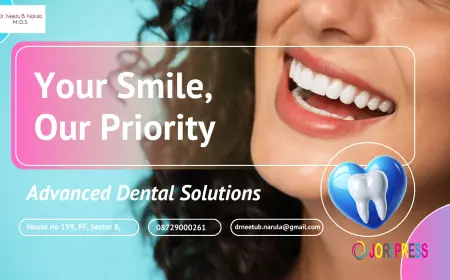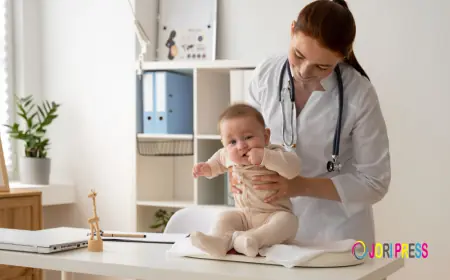How Is 3D Imaging Used for Rhinoplasty?
Book a consultation for Rhinoplasty in Riyadh and discover how nose reshaping can boost your confidence and facial symmetry.

Rhinoplasty is not just a surgical procedure; it is a delicate blend of art and science aimed at reshaping the nose to enhance facial harmony and function. One of the groundbreaking advancements making this process more precise and transparent is 3D imaging. This innovative technology allows both surgeons and patients to visualize potential surgical outcomes before the operation, making the journey to an improved nose more predictable and satisfying.
How 3D Imaging Enhances Rhinoplasty in Riyadh
In the context of Rhinoplasty in Riyadh (تجميل الأنف في الرياض), 3D imaging plays a crucial role by capturing detailed, high-resolution images of the nose and surrounding facial structures from multiple angles. Specialized software then processes these images into a lifelike three-dimensional model. This allows patients to see a realistic simulation of their nose post-surgery and examine it from different perspectives. By integrating this technology, surgeons can tailor the operation precisely according to each patient's unique anatomy and aesthetic goals, increasing the chances of achieving natural-looking and harmonious results.
Key Benefits of 3D Imaging in Rhinoplasty in Riyadh
-
Enhanced Surgical Planning: Surgeons can experiment with different modifications on the 3D model, ensuring that the planned changes align with the patient's desires and anatomical feasibility.
-
Improved Patient Communication: Visual simulations help clarify what is surgically achievable and foster a collaborative consultation process where patients actively participate in decision-making.
-
Building Patient Confidence: By reducing uncertainty about final results, 3D imaging alleviates patient anxiety and boosts trust in the procedure.
-
Reduction in Revision Surgeries: Realistic previews set accurate expectations, lowering the likelihood of additional corrective surgeries after the initial rhinoplasty.
The Clinical Process Using 3D Imaging Technology
The process starts with a detailed facial photo session using specialized cameras. These images are then transformed into an interactive 3D model that both the surgeon and patient can explore during consultation. The patient can request adjustments by seeing real-time changes in nose shape, size, or contour, making the planning personalized and precise.
By simulating outcomes digitally, surgeons in Riyadh can also address functional issues such as breathing difficulties or structural asymmetries as part of the surgical plan. This holistic approach optimizes both aesthetic and medical results, enhancing overall patient satisfaction.
Why 3D Imaging is a Game-Changer for Rhinoplasty in Riyadh
The integration of 3D imaging in rhinoplasty is revolutionizing how nasal surgeries are approached in Riyadh. It ensures surgeries are highly customized, predictable, and aligned with patient expectations. This not only leads to better surgical outcomes but also creates a more engaging and reassuring experience for patients considering nose reshaping.
If you are looking for expert guidance on your rhinoplasty journey, Royal Clinic Saudia offers advanced 3D imaging technology as part of their comprehensive rhinoplasty services. Book your consultation today and take the first step towards a confident new you.
FAQs
What is the main advantage of 3D imaging in rhinoplasty?
3D imaging allows patients to see a realistic simulation of their post-surgery appearance, improving communication and helping surgeons customize the surgical plan for better results.
How does 3D imaging improve patient confidence?
By visualizing expected outcomes, patients feel more informed and less anxious, which builds trust in the procedure and satisfaction with the results.
Can 3D imaging help with breathing issues in rhinoplasty?
Yes, the technology aids surgeons in planning corrections not only for appearance but also for functional problems such as a deviated septum or nasal obstruction.
Does 3D imaging reduce the need for revision rhinoplasty?
Absolutely. Setting realistic expectations through accurate simulations helps minimize undesired outcomes, reducing the chances of needing revision surgeries.
What's Your Reaction?
 Like
0
Like
0
 Dislike
0
Dislike
0
 Love
0
Love
0
 Funny
0
Funny
0
 Angry
0
Angry
0
 Sad
0
Sad
0
 Wow
0
Wow
0
















































